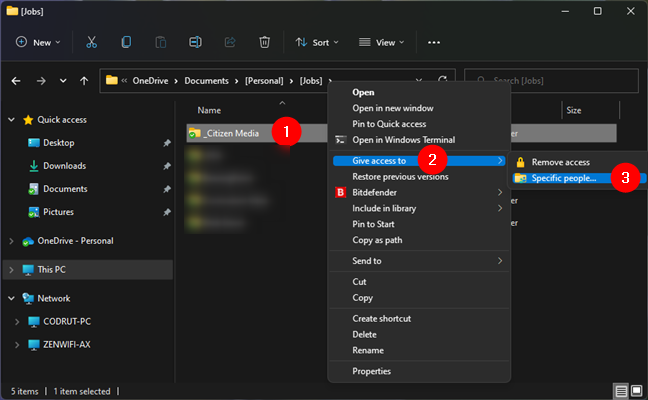Creating symbolic links in Windows connects one folder to another, acting as a shortcut that saves storage space and avoids duplication. This is useful for organizing files efficiently.
Requirements
Before starting, ensure you meet these conditions:
- Admin access on your Windows PC.
- Target folder already created and accessible.
- Destination folder must not exist; it will be created during setup.
Step-by-Step Guide
Follow these steps to create a symbolic link using Command Prompt:

- Open Command Prompt as Admin
- Search for "cmd" in the Windows search bar.
- Right-click "Command Prompt" and select "Run as administrator".
- Run the Symbolic Link Command
- Type:
mklink /D "pathtonewlink" "pathtooriginalfolder" - Replace
"pathtonewlink"with your desired link location (e.g.,"C:LinkedFolder"). - Replace
"pathtooriginalfolder"with the target folder path (e.g.,"D:OriginalFiles").
- Type:
- Verify Success
- After executing, close Command Prompt.
- Navigate to the link path in File Explorer; it should display files from the original folder.
Tips for Accuracy
Avoid common errors with these practices:
- Use double quotes around paths with spaces.
- Test with simple folders first, avoiding special characters.
- Errors like "Cannot create a file..." may indicate admin rights or path issues; rerun Command Prompt as admin if needed.










